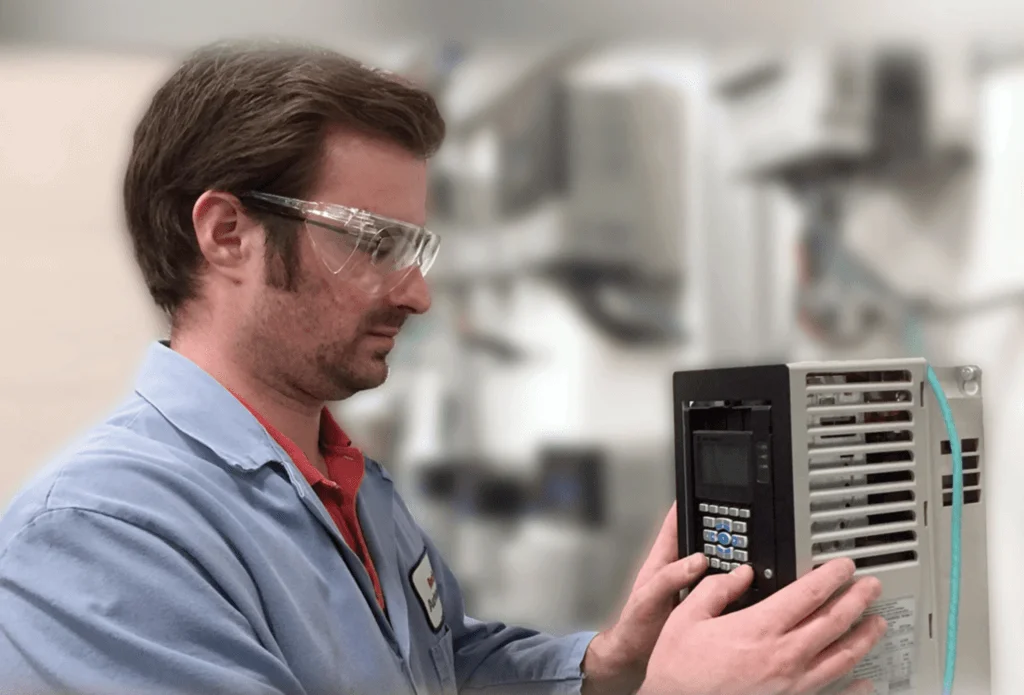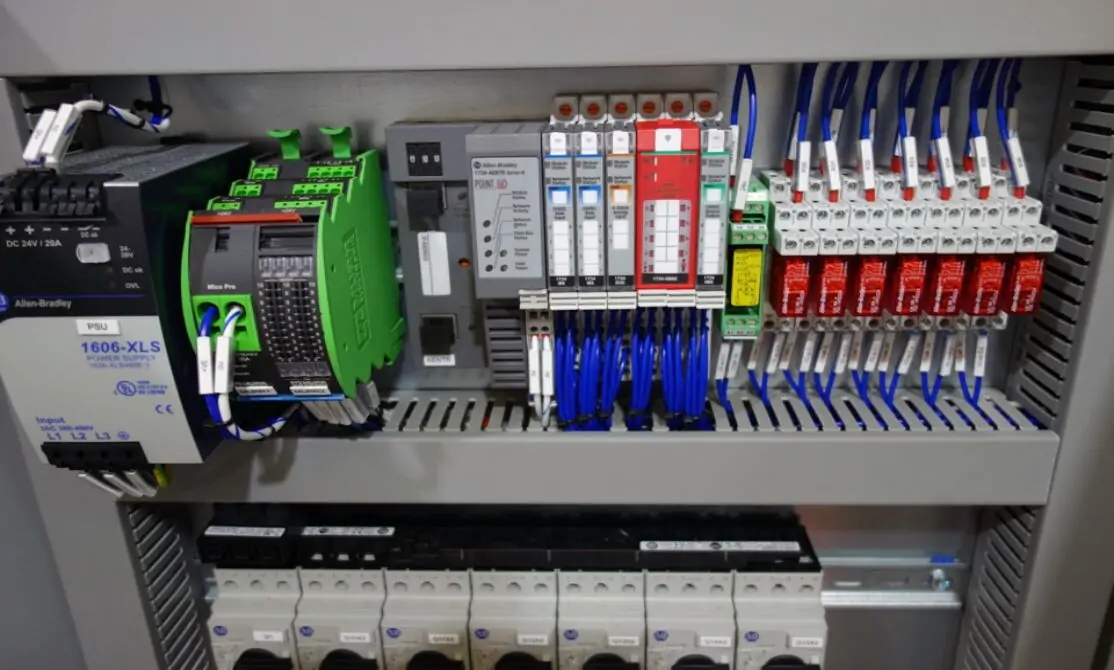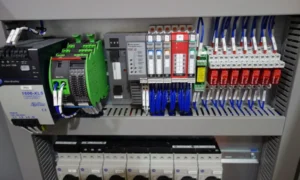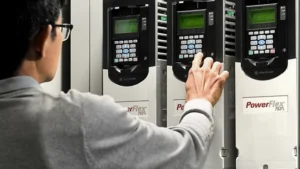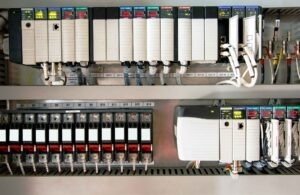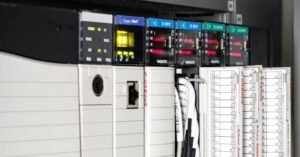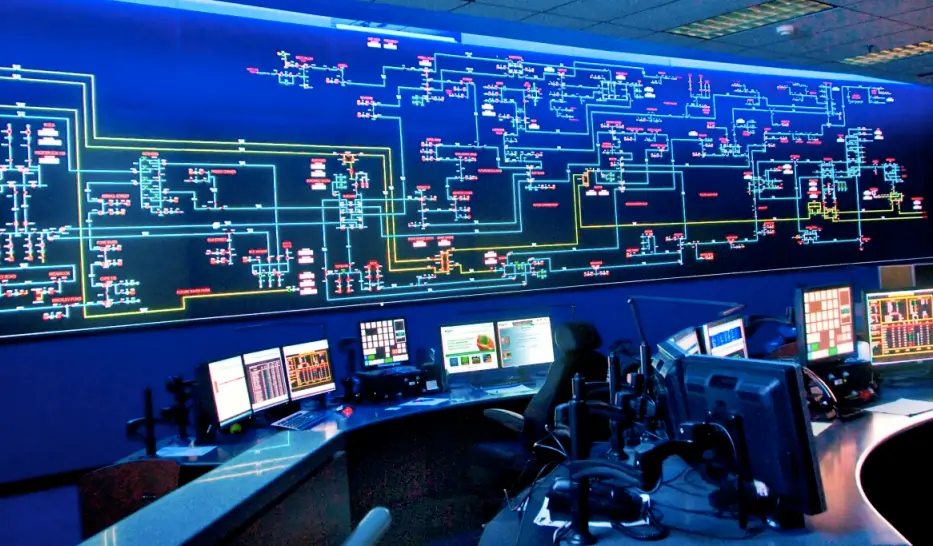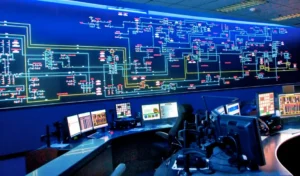Why the Allen-Bradley PowerFlex 40 is Ideal for Industrial Automation Applications
Introduction
When I talk to customers about their motor control needs, they often want a solution that’s simple, reliable, and won’t break the bank. That’s where the Allen-Bradley PowerFlex 40 comes in. It’s one of those products that just works, and its design shows a real understanding of what industrial users need day-to-day. This isn’t just another variable frequency drive (VFD); it’s a solid, practical workhorse for a huge number of applications. Let’s dive into what makes it such a great choice.

Compact and Easy to Install
The first thing you’ll notice about the PowerFlex 40 is its small size. In a world where every inch of panel space is valuable, this compact footprint is a huge advantage. It allows you to fit more equipment into a smaller enclosure, which can save you money and simplify your machine design. What’s more, the drive supports Zero Stacking™, a feature that lets you mount multiple drives side by side without needing extra space for air circulation. This is a game-changer for control panels where space is at a premium.
Robust Performance and Control
Despite its compact size, the PowerFlex 40 offers powerful control features. It uses Sensorless Vector Control, which provides excellent speed regulation and high torque even at low speeds. This means you can control your motors with precision, whether they’re driving a fan or a conveyor. It also includes an integral PID controller, which is incredibly useful for applications like pumping systems or fans where you need to maintain a set pressure or flow. These advanced features, often found in more expensive drives, make the PowerFlex 40 a very versatile option.
Built-In Flexibility
Another key benefit is the drive’s built-in flexibility. It has multiple digital and analog inputs and outputs, which makes it easy to integrate into your existing system. This reduces the need for external relays and complex wiring, simplifying your setup. It also comes with a built-in RS-485 communication port, so you can easily connect it to a PLC or HMI for remote control and monitoring. This means less time spent on installation and more time focusing on what really matters: getting your machine up and running.

A Smart Investment
From a business perspective, the PowerFlex 40 is a very smart investment. Its cost-effective design means you get high-end features without a high-end price tag. The drive’s reliability reduces downtime, and its simple setup and configuration save valuable engineering time. When you consider the total cost of ownership—not just the initial purchase price—the PowerFlex 40 stands out as an excellent value.
The Final Word
The Allen-Bradley PowerFlex 40 is a testament to smart engineering. It balances compact design, robust performance, and flexible features in a package that is both affordable and reliable. For anyone in industrial automation looking for a dependable motor control solution that simplifies their work and fits their budget, the PowerFlex 40 is an easy recommendation.
If you’re ready to see how the Allen-Bradley PowerFlex 40 can improve your applications, please check out the products available from Powergear X Automation Limited today!
| Model | Title | Link |
|---|---|---|
| 22B-D2P3F104 | Allen-Bradley PowerFlex 40 AC Drive (230V) | Learn More |
| 22B-B017H204 | Allen-Bradley PowerFlex 40 Drive (480V) | Learn More |
| 22B-V5P0H204 | Allen-Bradley PowerFlex 40P Drive (120V) | Learn More |
| 22B-E012N104 | Allen-Bradley PowerFlex 40P AC Drive (600V) | Learn More |

